
A supply chain, according to Michigan State University, is defined as “all the activities, people, organizations, information, and resources required to move a product from inception to the customer”. It is more than apparent that organizing a supply chain is never a simple task, made all the more complex since the pandemic struck. With this event, it became critical for supply chain leaders to sense and respond to external changes better. These changes include disruptions faced by suppliers or impacts on customers.
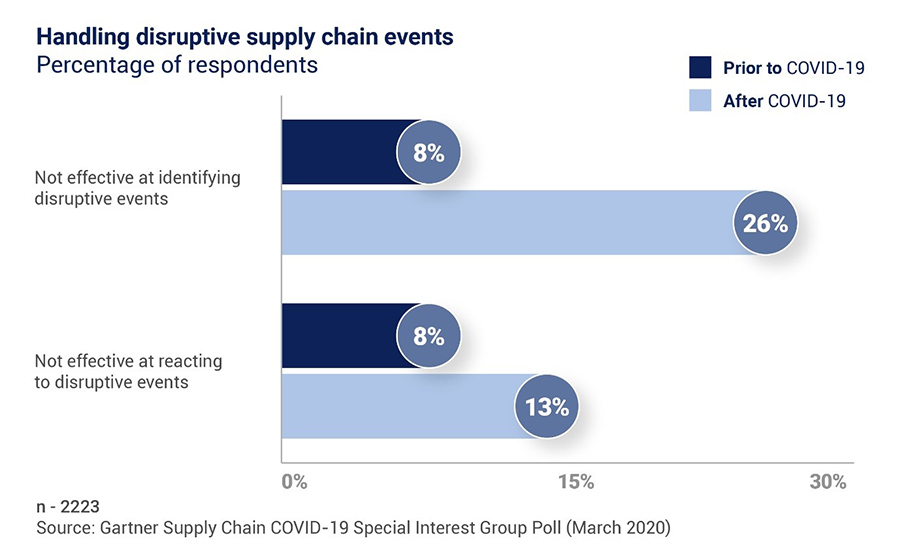
A recent survey by EY – “Reinventing the supply chain for an autonomous future” – substantiated this further:
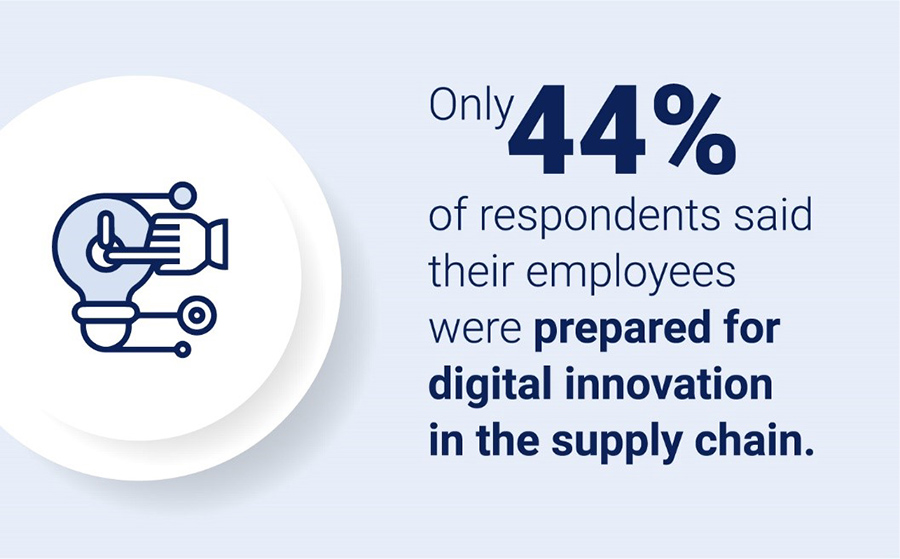
An organization is only as strong as its supply chain. However, given the multiplicity of factors exacting their influence on different stages of the production and distribution processes, it is far from easy to keep a supply chain stable.
Changes in the global economy and rising demands from consumers have led to a shortage in supply chain talent – from staff in warehouses, to drivers of transportation vehicles, to those safely ensconced in their executive chambers. When combined with skill gaps, demographic forces, and competitive pressures, it makes the creation of the right talent management plan for the supply chain all the more difficult.
Take a look at the following to understand that talent management challenges exist, and the situation merits attention:
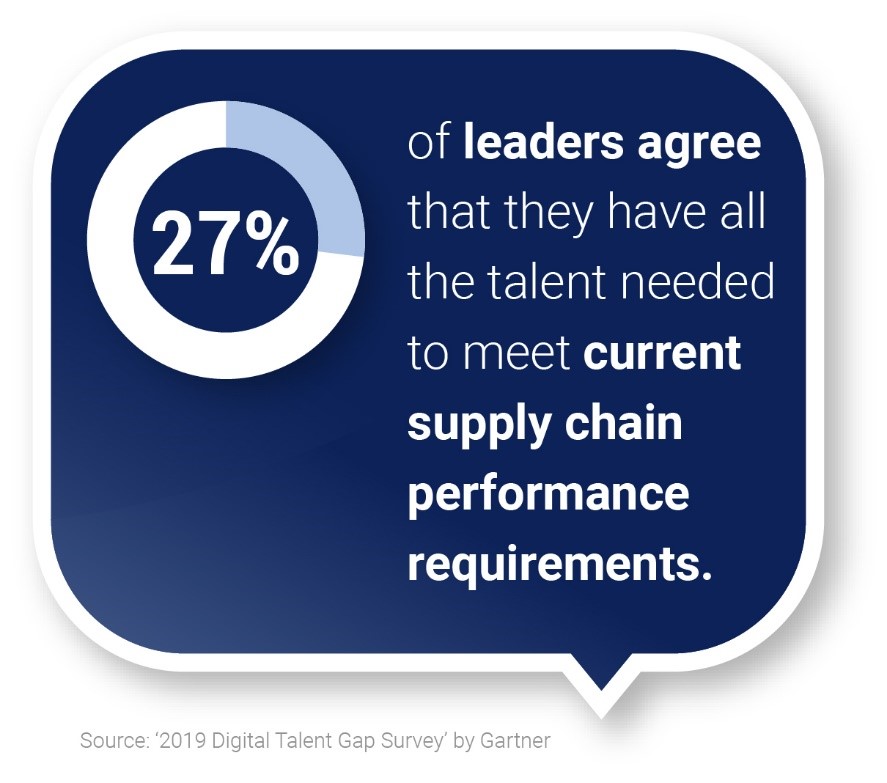

The issue is not one merely of numbers. The paradigms for a supply chain talent strategy have shifted, as the rapid changes in supply chain activities, goals, and tools require new skills in leadership and management.

The coming years are likely to see dramatic transformations in supply chains, courtesy the fast pace of technology development and the experimentation with new operating models. These are driven by ongoing globalization, disruptive innovation, and rising consumer expectations for anywhere-anytime service. There will be a corresponding effect on the talent culture in supply chains.
For instance, 3D printing is being more commonly used as time passes, with its usage growing beyond prototyping into industrial-scale production of final products – a quite attractive alternative for manufacturing replacement parts. The other is the use of advanced analytics on vast data sets from supply chain activities.
Then there is the trend toward moving high-value activities to centers of excellence, defined by Gartner as “a physical or virtual center of knowledge concentrating existing expertise and resources in a discipline or capability to attain and sustain world-class performance and value across the supply chain.” Low-value activities are similarly increasingly being outsourced.

Several operational and technological trends are coming together to create a big list of requirements from supply chain talent strategy. There are numerous talent management challenges standing in the way, though. Take a look:
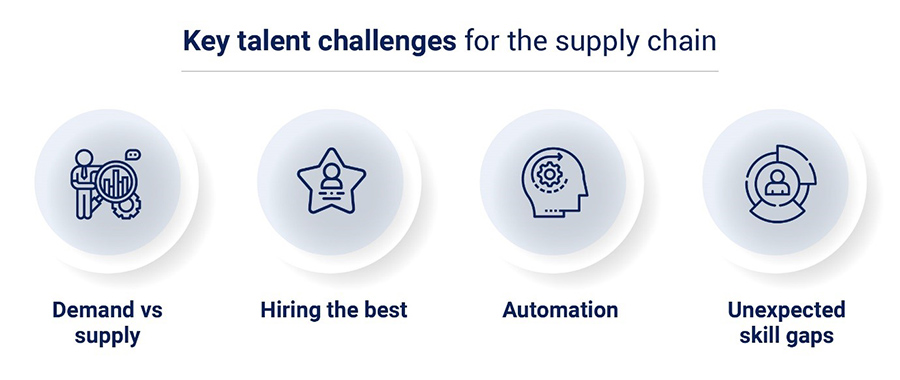
The talent challenges are immense, and companies must bring in the right strategies for recruitment, training, and retention. To create such a best-in-class talent culture, the important aspects to consider are to:
What separates supply chain leaders from followers is their talent management plan. They consider several different aspects to manage and grow their talent such that the supply chain handles business vagaries effectively and performs well. Here are the key talent practices used by leading supply chain organizations:
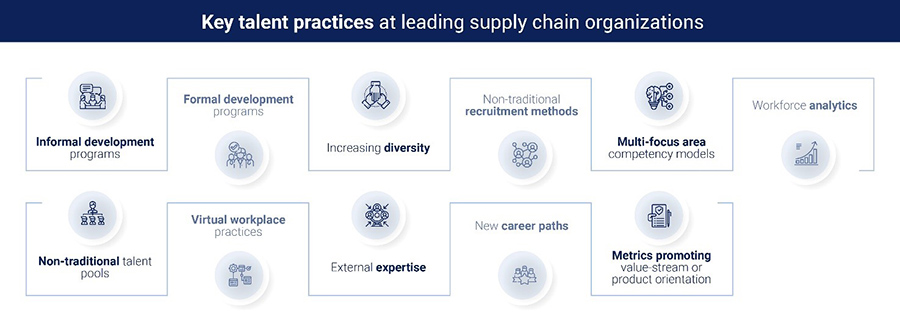
Supply chains are becoming more complex and their volumes are rising. The talent they require is, however, in short supply, and that too at every stage of the supply chain. Given the broadness, complexity, and diversity of skills required, the talent challenge for business is huge.
However, a talent strategy that is continuously improved helps to maintain a strong talent pool, train them well, and reduce attrition. What must be remembered is that the digital world of today requires a fundamental reinvention of supply chains, though humans must still remain at the center of the endeavor. External and internal learning and some well-planned reorganization sets the supply chain talent up nicely for the future!

CredBadge™ is a proprietary, secure, digital badging platform that provides for seamless authentication and verification of credentials across digital media worldwide.
CredBadge™ powered credentials ensure that professionals can showcase and verify their qualifications and credentials across all digital platforms, and at any time, across the planet.

Please enter the License Number/Unique Credential Code of the certificant. Results will be displayed if the person holds an active credential from TMI.